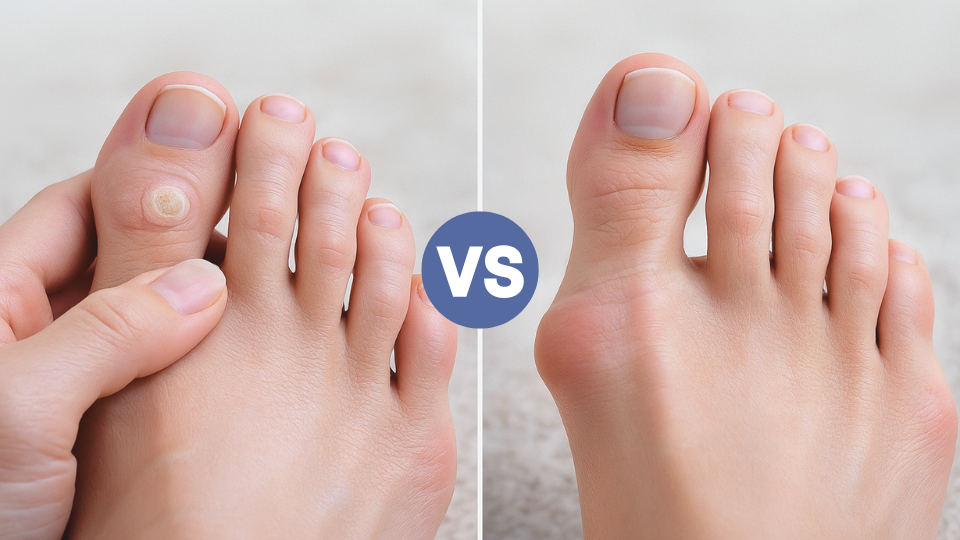Top of Foot Hurts After Running? Causes, Injuries, and How to Treat It
Learn the key differences between corns and bunions, their symptoms, and treatment options. Book an appointment with FAS The Woodlands for expert foot care.

Poorly trimmed toenails may not only be painful, but they can also lead to infection. Learn some quick toenail-clipping tips to ensure your nails stay healthy.
Toenail clipping is one of the most basic hygiene practices people have. While the concept is simple, many people aren’t caring for their nails properly. Poorly cut nails can be painful and increase your risk for infections and other complications.
At Foot and Ankle Specialists in Memorial City, The Woodlands, and Huntsville, Texas, our experienced podiatry team can show you the proper techniques to trim your toenails. They can also address any issues that develop from improperly clipped nails.
Your toenails grow about .08 inches each month. To keep them at a reasonable length, consider trimming them every 6-8 weeks. More frequent trims may be wise if you jog or participate in other sports to ensure your toes are comfortable.
When you clip your toenails too short or too close to the skin, your risk for bacterial or fungal infections increases. You might also experience persistent pain, swelling, or bleeding in the skin around your nail.
Another side effect of improperly trimmed toenails is an ingrown nail. This condition develops when a sharp nail edge grows into the soft skin next to it. This can lead to intense pain and increase your risk of infection.
The first step in a proper nail trim involves a good quality set of clippers. You should invest in clippers that are large enough to accommodate the thickness of your toenails. It’s also wise to keep separate clippers for your fingernails and toenails to minimize your risk of spreading infections.
Before and after each clipping, you should clean your clippers with rubbing alcohol or warm water and soap. Be sure to dry them thoroughly to prevent your clippers from rusting.
If you have very thick nails, you might get a better cut after soaking your feet or taking a shower. Otherwise, you should clip your nails when they’re dry to get a better cut. You want to cut each nail straight across and use a file to smooth and shape the rough edges.
Most people can trim their nails without assistance. However, if you have underlying medical conditions like diabetes, our providers can help.
People with diabetes are at special risk for ulcers and other foot-related complications. When your blood sugar levels aren’t well controlled, they can damage nerves. If nerve damage leads to a loss of sensation in your lower extremities, you might not notice you have an ingrown nail, infection, or wound on your foot and can be at risk for serious health complications.
Routine foot checks and nail trims are a part of our diabetic foot care services at Foot & Ankle Specialists. Our team can trim your nails correctly and assess your feet for early signs of infections or open wounds.
If you’re not sure how to care for your nails or have nails that are extra thick or infected with fungus, you can meet with our team. We can recommend strategies you can use to keep your toenails healthy and looking great.
Call the Foot and Ankle Specialists office near you today, or Request an appointment anytime.

Learn the key differences between corns and bunions, their symptoms, and treatment options. Book an appointment with FAS The Woodlands for expert foot care.